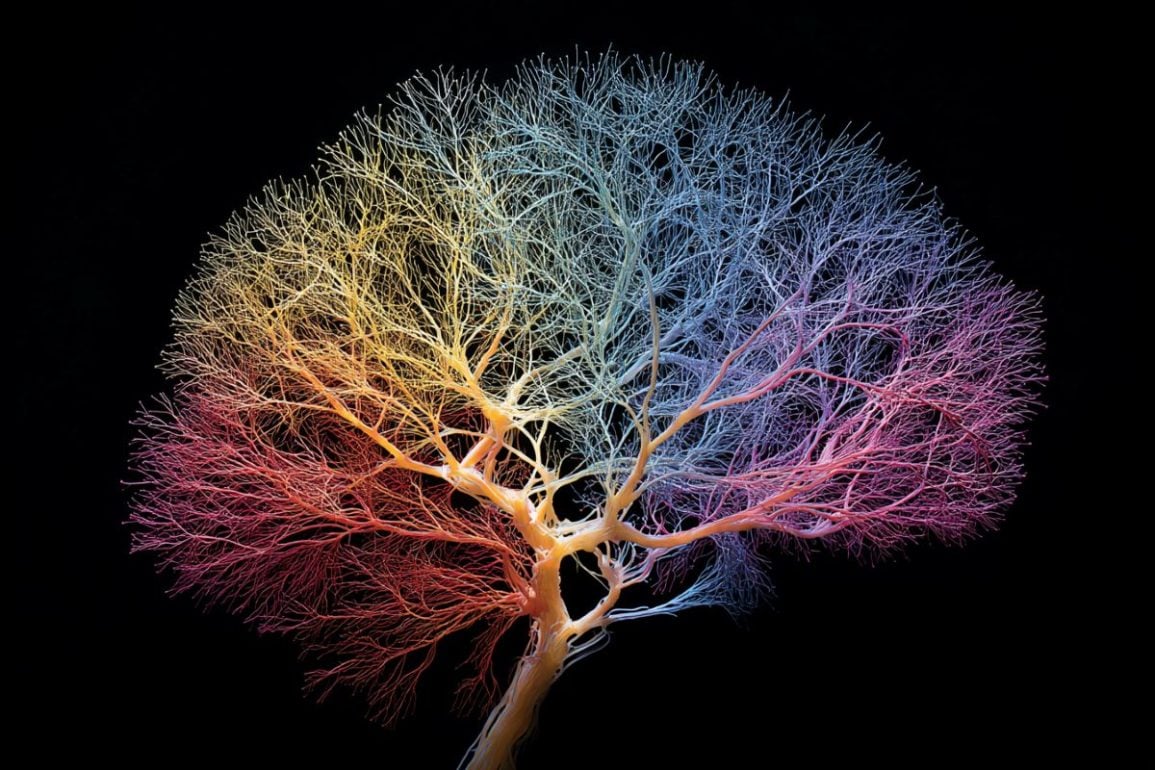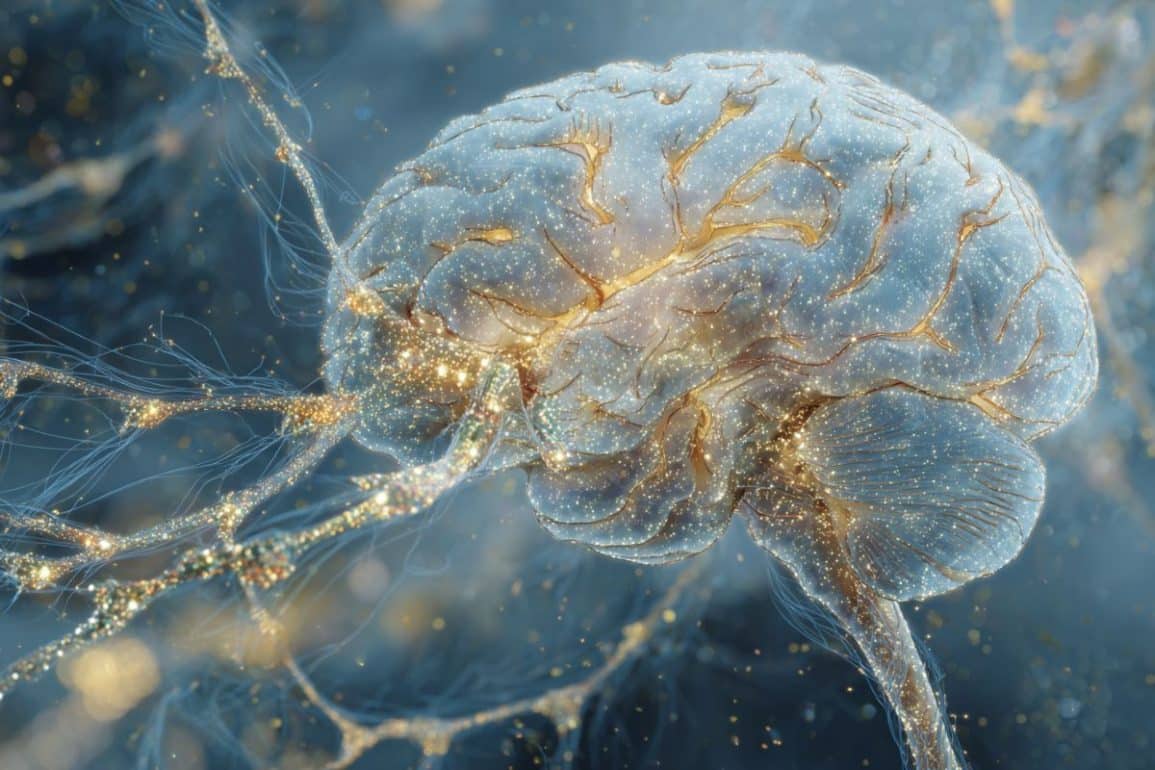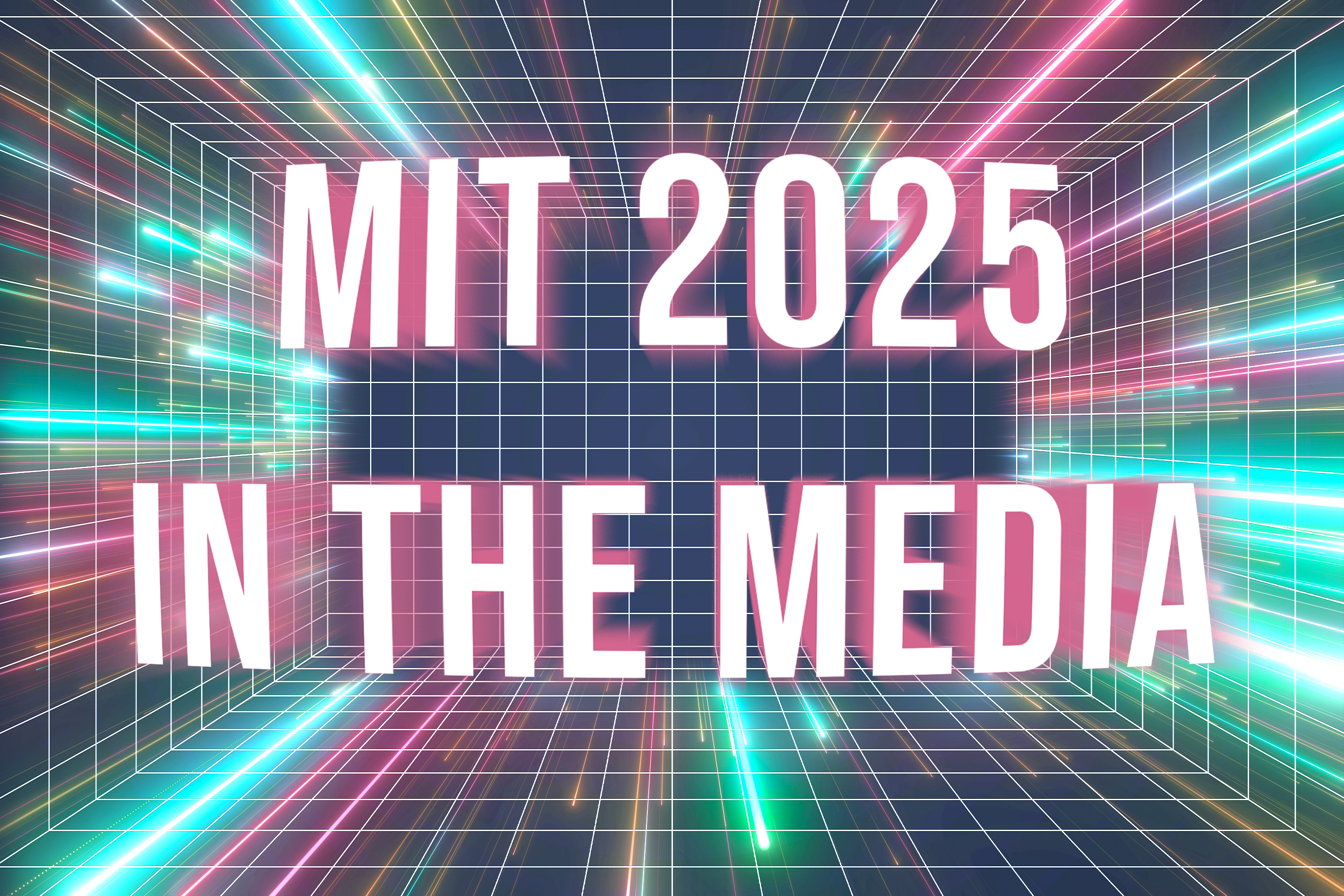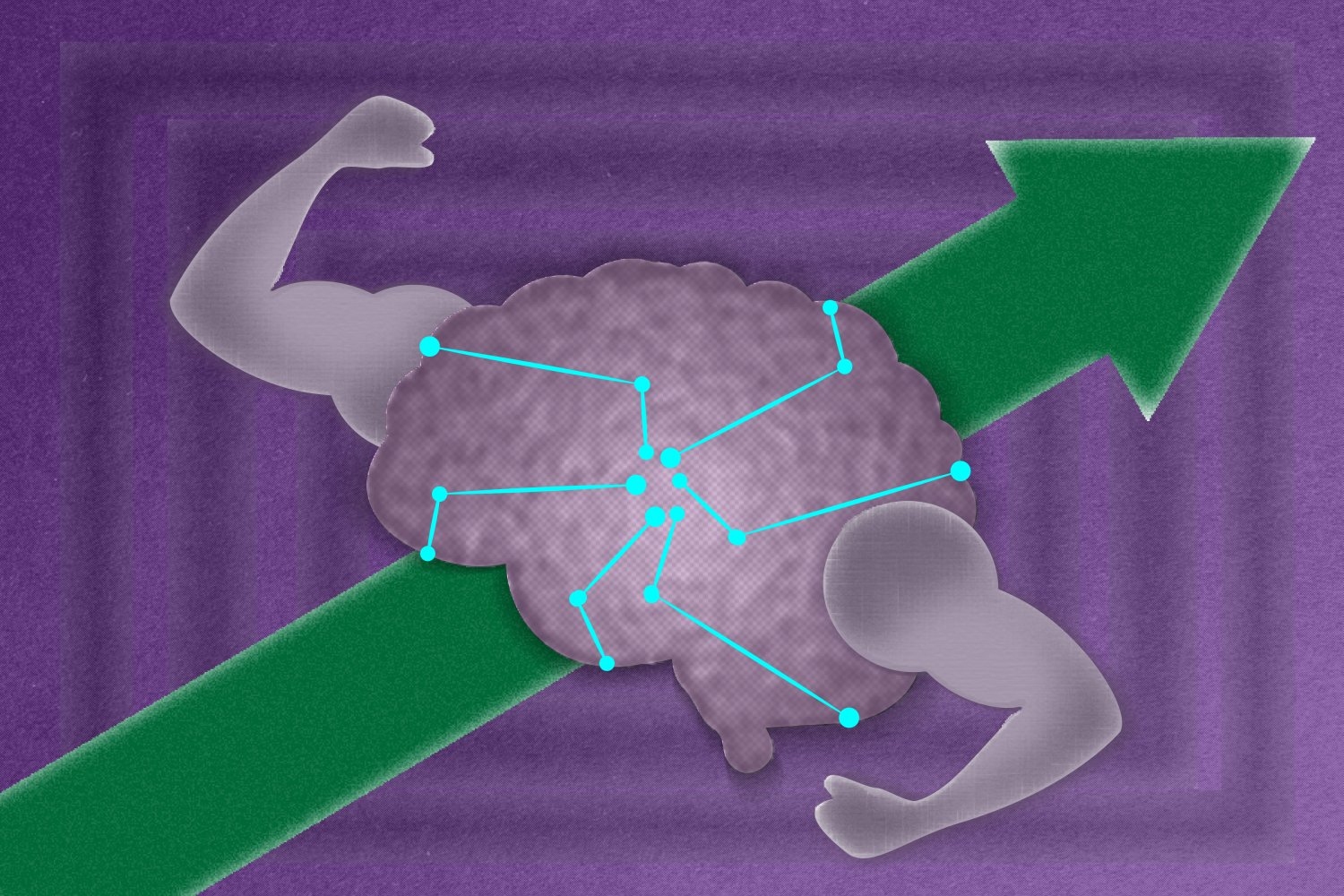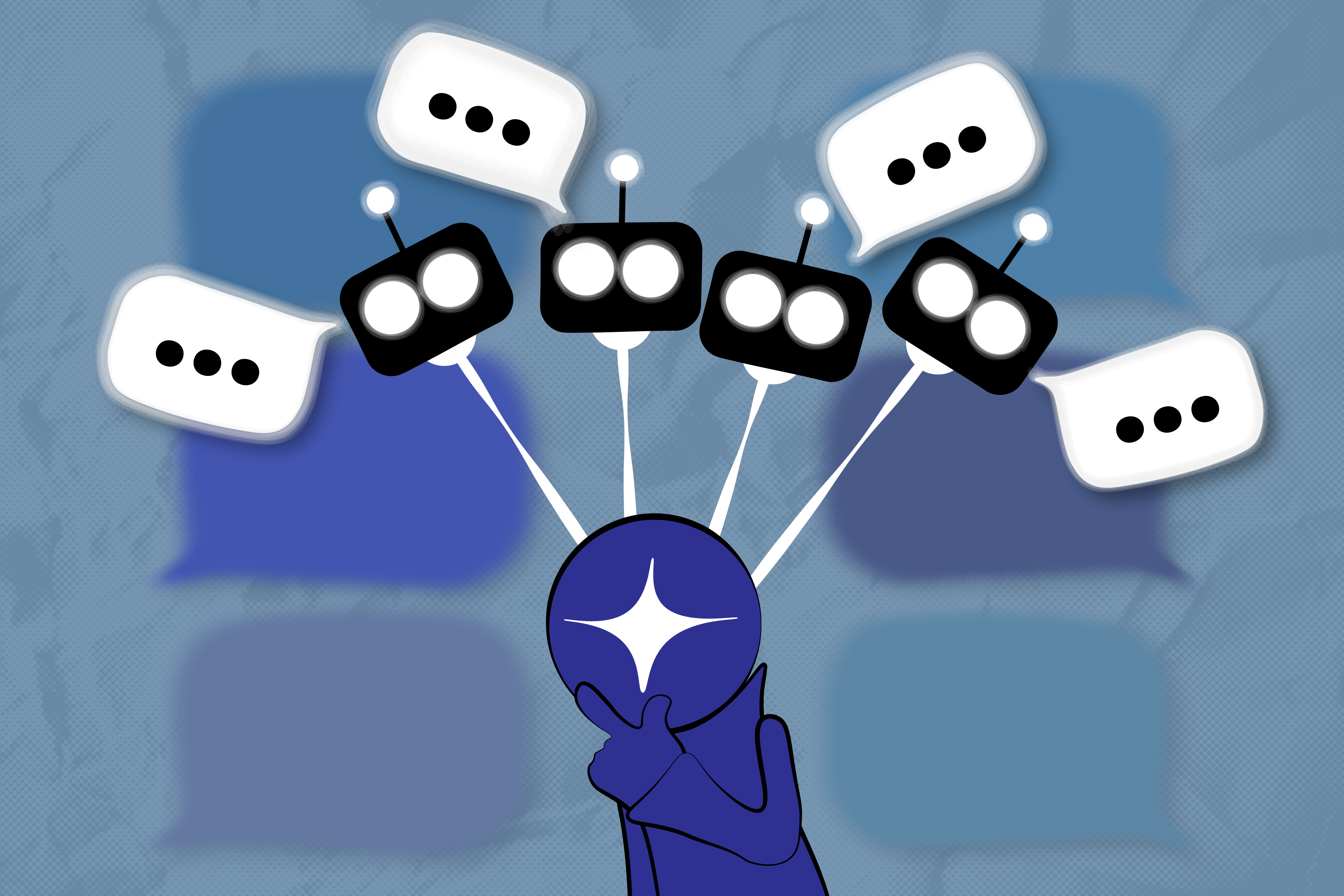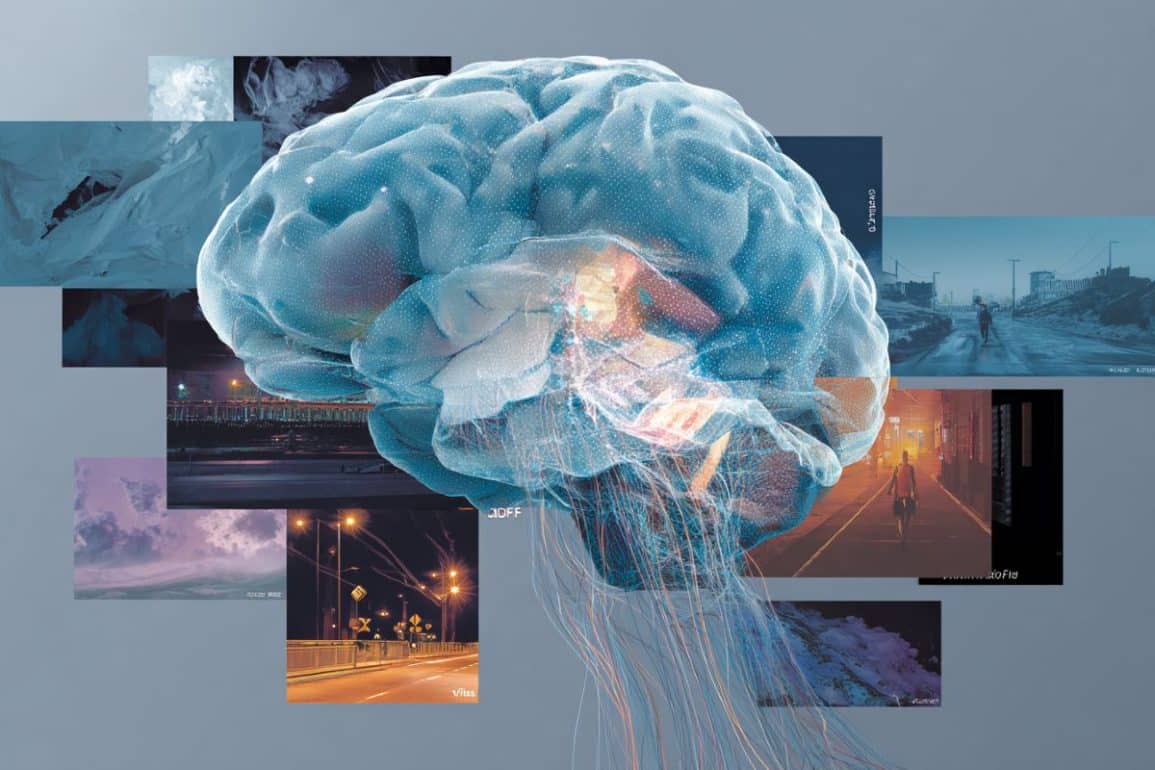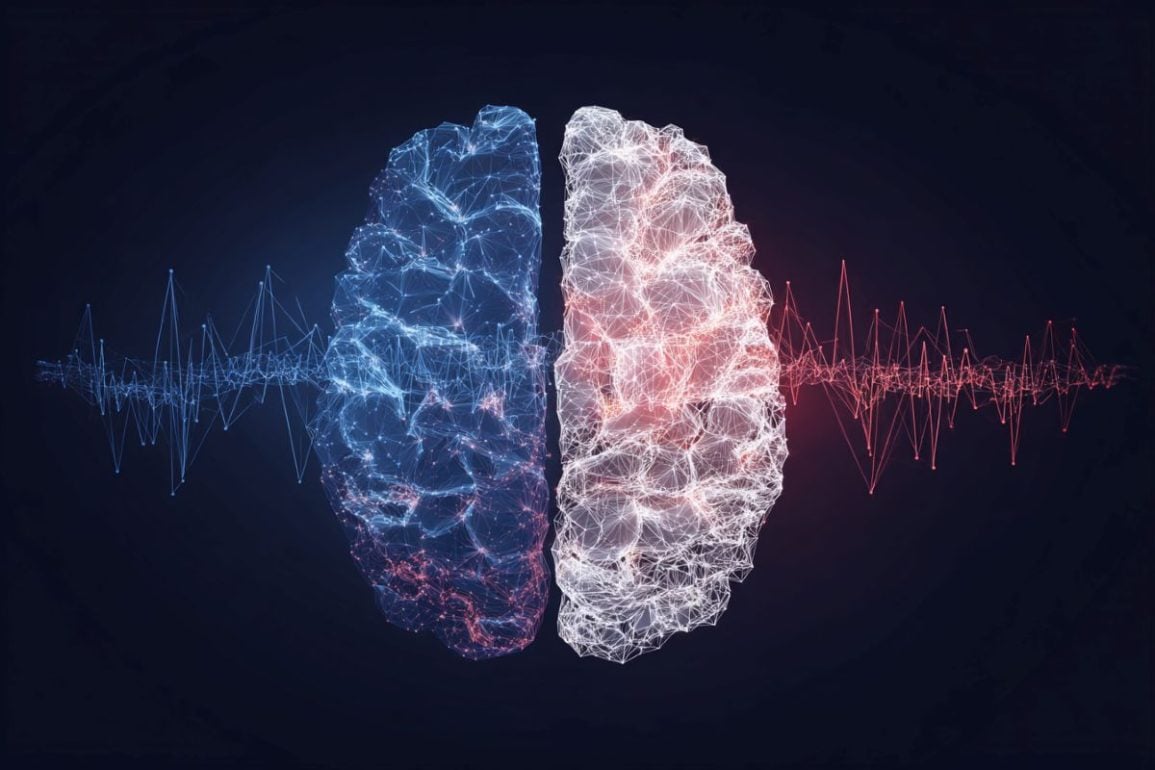Your Samsung, LG, and even Sony TV comes with notable privacy risks. Here's how to avoid one of the biggest with just a few steps. [...]
Thu, Jan 01, 2026Source ZDNet – Big Data
As we age, our immune system quietly loses its edge, and scientists have uncovered a surprising reason why. A protein called platelet factor 4 naturally declines over time, allowing blood stem cells to multiply too freely and drift toward unhealthy, mutation-prone behavior linked to cancer, inflammation, and heart disease. Researchers [...]
Wed, Dec 31, 2025Source Science Daily
The Meta Quest 3S features significant upgrades over the Quest 2, and currently, multiple 128GB and 256GB bundles are on sale with a complimentary gift. [...]
Wed, Dec 31, 2025Source ZDNet – Big Data
Explore how nanotechnology acts as the 'Convergence Engine' for AI materials discovery, CRISPR gene therapy delivery, and industrial quantum computing in 2025. [...]
Wed, Dec 31, 2025Source Nanowerk
Mars once had sprawling river systems that rivaled major watersheds on Earth, and scientists have now identified the biggest ones for the first time. Researchers mapped 16 massive drainage basins where water likely flowed long enough to support life. Even though these areas cover just 5% of ancient Martian terrain, [...]
Wed, Dec 31, 2025Source Science Daily
Logitech's Zone Wireless 2 ES tones down the noisy office with some impressive ANC. [...]
Wed, Dec 31, 2025Source ZDNet – Big Data
Clearing your TV's cache can greatly decrease stuttering and improve performance. Here's how to do it on brands like Samsung, LG, and more. [...]
Tue, Dec 30, 2025Source ZDNet – Big Data
Thanks to Einstein’s relativity, time flows differently on Mars than on Earth. NIST scientists have now nailed down the difference, showing that Mars clocks tick slightly faster—and fluctuate over the Martian year. These microsecond shifts could play a big role in future Mars navigation, communications, and even a solar-system-wide internet. [...]
Tue, Dec 30, 2025Source Science Daily
Polymer-coated cotton fabric generates electricity from ambient humidity day and night, powering LEDs for over 24 hours and charging wearable devices from air moisture and sweat. [...]
Tue, Dec 30, 2025Source Nanowerk
Scientists have developed a novel approach of genome editing to repair muscle stem (satellite) cells, offering new hope for Duchenne muscular dystrophy (DMD) treatment. [...]
Tue, Dec 30, 2025Source Nanowerk
We’re in the midst of a global mental-health crisis. More than a billion people worldwide suffer from a mental-health condition, according to the World Health Organization. The prevalence of anxiety and depression is growing in many demographics, particularly young people, and suicide is claiming hundreds of thousands of lives globally [...]
Tue, Dec 30, 2025Source Technology Review – AI
Researchers use AI to visualize reaction pathways of colloidal quantum dots as subway maps, clarifying synthesis and speeding sensor design. [...]
Tue, Dec 30, 2025Source Nanowerk
A new catalyst design could transform how acetaldehyde is made from renewable bioethanol. Researchers found that a carefully balanced mix of gold, manganese, and copper creates a powerful synergy that boosts efficiency while lowering operating temperatures. Their best catalyst achieved a 95% yield at just 225°C and stayed stable for [...]
Mon, Dec 29, 2025Source Science Daily
A biologically grounded computational model built to mimic real neural circuits, not trained on animal data, learned a visual categorization task just as actual lab animals do, matching their accuracy, variability, and underlying neural rhythms. By integrating fine-scale synaptic rules with large-scale architecture across cortex, striatum, brainstem, and acetylcholine-modulated systems, [...]
Mon, Dec 29, 2025Source Neuroscience News – Deep Learning
A new microchip-sized device could dramatically accelerate the future of quantum computing. It controls laser frequencies with extreme precision while using far less power than today’s bulky systems. Crucially, it’s made with standard chip manufacturing, meaning it can be mass-produced instead of custom-built. This opens the door to quantum machines [...]
Fri, Dec 26, 2025Source Science Daily – Cybernetics
If the past 12 months have taught us anything, it’s that the AI hype train is showing no signs of slowing. It’s hard to believe that at the beginning of the year, DeepSeek had yet to turn the entire industry on its head, Meta was better known for trying (and [...]
Thu, Dec 25, 2025Source Technology Review – AI
A new theoretical framework argues that the long-standing split between computational functionalism and biological naturalism misses how real brains actually compute. The authors propose “biological computationalism,” the idea that neural computation is inseparable from the brain’s physical, hybrid, and energy-constrained dynamics rather than an abstract algorithm running on hardware. In [...]
Tue, Dec 23, 2025Source Neuroscience News – Deep Learning
Demis Hassabis, CEO of Google DeepMind, summed it up in three words: “This is embarrassing.”
Hassabis was replying on X to an overexcited post by Sébastien Bubeck, a research scientist at the rival firm OpenAI, announcing that two mathematicians had used OpenAI’s latest large language model, GPT-5, to find solutions to [...]
Tue, Dec 23, 2025Source Technology Review – AI
“At MIT, innovation ranges from awe-inspiring technology to down-to-Earth creativity,” noted Chronicle, during a campus visit this year for an episode of the program. In 2025, MIT researchers made headlines across print publications, podcasts, and video platforms for key scientific advances, from breakthroughs in quantum and artificial intelligence to new efforts [...]
Mon, Dec 22, 2025Source MIT – AI
A new AI developed at Duke University can uncover simple, readable rules behind extremely complex systems. It studies how systems evolve over time and reduces thousands of variables into compact equations that still capture real behavior. The method works across physics, engineering, climate science, and biology. Researchers say it could [...]
Mon, Dec 22, 2025Source Science Daily – Cybernetics
Spanish researchers have created a powerful new open-source tool that helps uncover the hidden genetic networks driving cancer. Called RNACOREX, the software can analyze thousands of molecular interactions at once, revealing how genes communicate inside tumors and how those signals relate to patient survival. Tested across 13 different cancer types [...]
Sun, Dec 21, 2025Source Science Daily – Cybernetics
In August 2025, Wang Lei decided it was finally time to say goodbye to his electric vehicle.
Wang, who is 39, had bought the car in 2016, when EVs still felt experimental in Beijing. It was a compact Chinese brand. The subsidies were good, and the salesman talked about “supporting domestic [...]
Thu, Dec 18, 2025Source Technology Review – AI
Even networks long considered “untrainable” can learn effectively with a bit of a helping hand. Researchers at MIT’s Computer Science and Artificial Intelligence Laboratory (CSAIL) have shown that a brief period of alignment between neural networks, a method they call guidance, can dramatically improve the performance of architectures previously thought [...]
Thu, Dec 18, 2025Source MIT – AI
Most languages use word position and sentence structure to extract meaning. For example, “The cat sat on the box,” is not the same as “The box was on the cat.” Over a long text, like a financial document or a novel, the syntax of these words likely evolves. Similarly, a person [...]
Thu, Dec 18, 2025Source MIT – AI
As language models (LMs) improve at tasks like image generation, trivia questions, and simple math, you might think that human-like reasoning is around the corner. In reality, they still trail us by a wide margin on complex tasks. Try playing Sudoku with one, for instance, where you fill in numbers [...]
Fri, Dec 12, 2025Source MIT – AI
Researchers have developed an AI-driven brain model that can track fear as it unfolds in real-world situations, offering a major shift from traditional lab-based approaches. Classic fear studies often rely on static images, but these do not reflect how the brain processes fear in dynamic contexts. [...]
Fri, Dec 12, 2025Source Neuroscience News – Deep Learning
New research shows that deep learning can use EEG signals to distinguish Alzheimer’s disease from frontotemporal dementia with high accuracy. By analyzing both the timing and frequency of brain activity, the model uncovered distinct patterns: broader disruption across multiple regions in Alzheimer’s and more localized frontal and temporal changes in [...]
Wed, Dec 10, 2025Source Neuroscience News – Deep Learning
BISC is an ultra-thin neural implant that creates a high-bandwidth wireless link between the brain and computers. Its tiny single-chip design packs tens of thousands of electrodes and supports advanced AI models for decoding movement, perception, and intent. Initial clinical work shows it can be inserted through a small opening [...]
Wed, Dec 10, 2025Source Science Daily – Cybernetics

